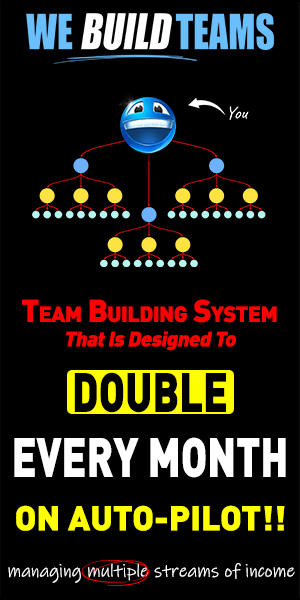Pyramid Scheme vs. Legitimate MLM: Understanding the Differences
Pyramid Scheme vs. Legitimate MLM: Understanding the Differences
In the world of direct selling, the terms Multi-Level Marketing (MLM) and pyramid scheme are often mentioned together, sometimes interchangeably. However, it’s crucial to distinguish between these two as they represent fundamentally different and legally distinct business practices. This article aims to clarify the differences between pyramid schemes and legitimate MLMs, helping you make informed decisions and avoid potential pitfalls.
What is a Multi-Level Marketing (MLM) Business?
Multi-Level Marketing (MLM) is a legitimate business model where independent distributors sell products or services directly to consumers. Participants earn income through their own sales and the sales of the people they recruit, creating a downline. MLMs focus on product sales and building a network of distributors to reach more customers.
Key Characteristics of a Legitimate MLM:
- Product or Service Focus: The primary revenue comes from selling actual products or services to consumers.
- Income from Sales: Distributors earn commissions based on their sales and their downline’s sales.
- Low Start-up Costs: Legitimate MLMs have reasonable start-up costs, often associated with purchasing a starter kit.
- Buy-back Policies: Many reputable MLMs offer buy-back policies for unsold inventory, minimizing financial risk.
- Training and Support: Companies provide training, marketing materials, and support to help distributors succeed.
What is a Pyramid Scheme?
A pyramid scheme is an illegal business model that recruits members by promising payments or services primarily for enrolling others into the scheme rather than supplying any real product or service. These schemes are unsustainable and eventually collapse when recruitment slows, leaving most participants with financial losses.
Key Characteristics of a Pyramid Scheme:
- Focus on Recruitment: The primary source of income is from recruiting new members rather than selling products or services.
- No Genuine Product or Service: Often, if there is a product, it’s overpriced or of little real value, serving as a façade for the recruitment-driven income.
- High Upfront Fees: Participants are required to pay substantial upfront fees for joining or purchasing inventory.
- Unsustainable Model: The scheme collapses when it becomes impossible to recruit enough new members to sustain payments to earlier participants.
- Lack of Buy-back Policies: Participants are often stuck with large amounts of unsellable inventory with no option to return.
Distinguishing Between MLM and Pyramid Schemes
While both MLMs and pyramid schemes involve recruitment, the fundamental difference lies in the source of income and the sustainability of the business model.
- Revenue Source:
- MLM: Income is derived primarily from selling real products or services.
- Pyramid Scheme: Income is primarily from recruitment fees.
- Product Value:
- MLM: Products have genuine market value and are priced competitively.
- Pyramid Scheme: Products, if any, are often overpriced or of poor quality.
- Sustainability:
- MLM: A sustainable model where success is based on product sales and customer satisfaction.
- Pyramid Scheme: Unsustainable and destined to collapse as recruitment inevitably slows.
- Regulatory Compliance:
- MLM: Complies with legal and regulatory standards, including offering buy-back policies and fair compensation plans.
- Pyramid Scheme: Often operates in violation of laws and regulations, lacking transparency and consumer protections.
How to Evaluate an Opportunity
When considering joining an MLM, it’s essential to conduct thorough research. Here are some steps to help you evaluate the legitimacy of the opportunity:
- Research the Company: Look for reviews, regulatory actions, and the company’s history.
- Understand the Product: Assess the product’s market value, demand, and your own belief in its quality.
- Examine the Compensation Plan: Ensure the plan rewards sales more than recruitment.
- Check for Buy-back Policies: Verify the company’s policy on unsold inventory.
- Consult Regulatory Resources: Review guidance from the Federal Trade Commission (FTC) or other regulatory bodies.
Conclusion
Understanding the difference between a pyramid scheme and a legitimate MLM is crucial for anyone considering an opportunity in direct selling. Legitimate MLMs offer a sustainable business model focused on selling valuable products or services, while pyramid schemes are illegal operations that emphasize recruitment over real sales. By doing your due diligence, you can avoid the traps of pyramid schemes and make informed decisions about joining a legitimate MLM.

